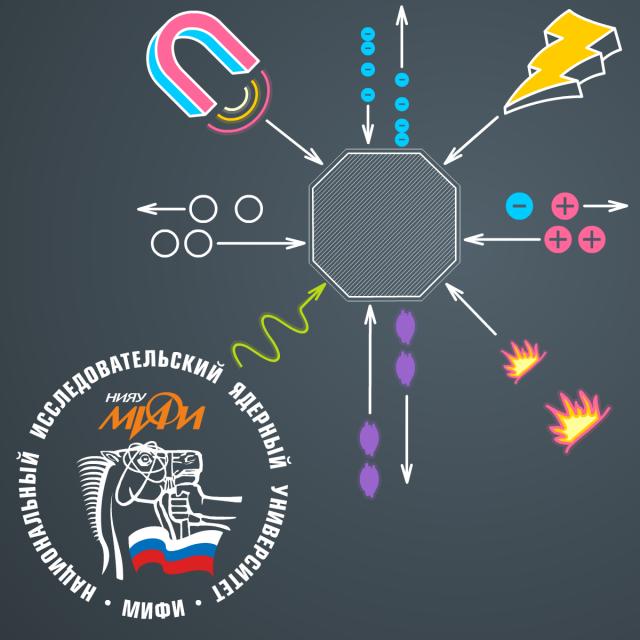MOOC List is learner-supported. When you buy through links on our site, we may earn an affiliate commission.

MOOC List is learner-supported. When you buy through links on our site, we may earn an affiliate commission.
This course describes the most widely used analysis methods in contemporary surface science. It presents the strengths and weaknesses of each method so that you can choose the one that provides you with the information you need. It also reviews what each method cannot give to you, as well as how to interpret the results obtained from each method.
This course is filled with examples to help you become familiar with the graphs and figures obtained from common surface analysis methods.
Each method is described in a similar way: basic principle, apparatus scheme, example results, special features, and actual device examples.
Syllabus
WEEK 1
Introduction
Module 1 gets the students familiar with the main features of modern surface analysis methods and values, which they could provide. Question-answer concept. An interesting correlation between analytical spot size and composition accuracy is shown and explained.
Particle Diagnostics. Secondary Ion Mass Spectrometry (SIMS)
This module deals with methods which utilize heavy particles (protons and other ions) as primary bombarding particles. In SIMS sputtering yield is being analyzed, giving great information on surface composition.
WEEK 2
Particle Diagnostics. Rutherford Backscattering
This module deals with methods which utilize heavy particles (protons and other ions) as primary bombarding particles. In a family of RBS, ERD and partially NRA methods simple Newtonian laws of elastic collisions lead to a precise knowledge of surface composition. A tiny bit of nuclear physics is present in the NRA method though it shares basic principles with RBS and ERD.
WEEK 3
Electron Diagnostics. Spectroscopy
These methods use an electron beam as primary. Knowing the all the atoms have their signature band structure on can use that knowledge to identify the elements with AES and EDS methods. They both need a primary electron beam and they both rely on creating vacancies in the core energy leveles and filling of these vacancies with higher level electrons. In AES Auger electron energies are measured as they are emitted from the specimen. In EDS characteristic X-ray photon energies are measured. Both give information on the sample composition though in a different way, yet having the same starting processes.
WEEK 4
Electron Diagnostics. Microscopy
One could not mention electron microscopes when talking about electron diagnostics. TEM and SEM are discussed, and their basic principles exposed. Methods of obtaining better quality images are shown.
WEEK 5
X-ray Diagnostics
Of many X-ray diagnostics XPS stands out as the most popular. This powerful tool utilizes the photo-emission effect. A primary X-ray beam leads to the emission of photo-electrons from the sample. By measuring of their energy one can precisely obtain elemental and even chemical composition of the sample.
MOOC List is learner-supported. When you buy through links on our site, we may earn an affiliate commission.
MOOC List is learner-supported. When you buy through links on our site, we may earn an affiliate commission.
